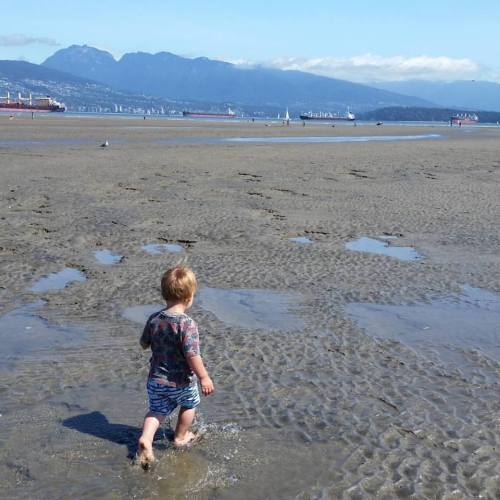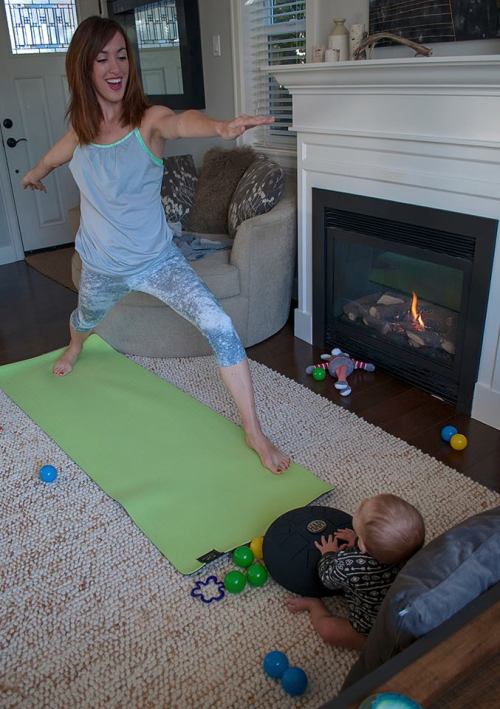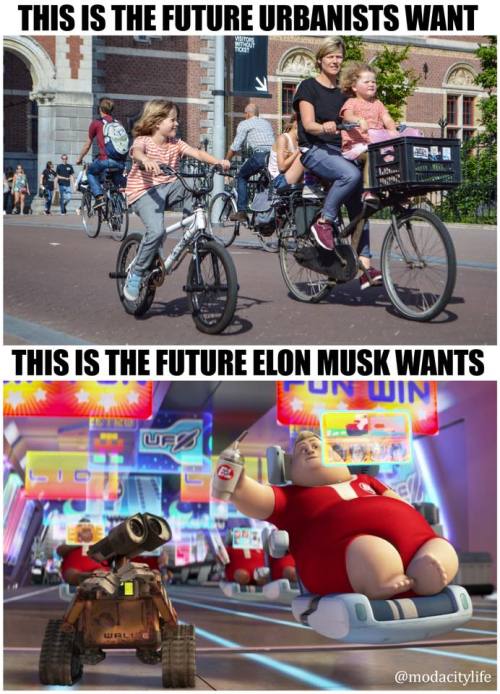Urban Renewal: a new series on restoring community in a post-pandemic world
Over the past four years, I’ve felt increasing disconnected. This is despite being more digitally connected than ever- to global events, my friend’s lives on social media, and my workplace. I don’t think it’s just me feeling this way.
Since the pandemic forced people indoors and in front of screens, we’ve left behind the real world and our communities for a virtual reality. The local media landscape is shrinking, so we know little of what is happening around us and the virtual workplace means we spend more time at home and less time connecting with people face to face.
This has an impact on our cities, our communities, and our wellbeing. According to a recent a Meta-Gallup survey taken across 142 countries, nearly 1 in 4 adults across the world report feeling very or fairly lonely. The survey also found that the rates of loneliness were highest in young adults.
How do we restore a sense of community and authentic connection in a increasingly digital world - one where we are instead connected to misinformation, global politics, and algorithms 24/7 infiltrating our social media feeds with influencers, who persuade us to desire lifestyles that won’t make us happy and things we don’t need?
I believe the urbanist community has a role to play in helping solve these societal issues, so I’m launching a series to explore this topic from the perspective of local planning - how we design our cities and parks, activate our public spaces, restore nature in cities, fund community and arts programs, develop policies on safer streets and affordable housing, and more.
I’m calling the series Urban Renewal, a negative term in urban studies that refers to a 1970s North American policy of demolishing low-income communities to build massive freeway projects surrounded by desolate highrise buildings.
Renewal represents the process of revitalizing or rejuvenating something to its original state or improving it. I want to talk about what urban renewal should be, not removing vibrant communities in favour of cars and concrete, but actually restoring a sense of community that we seem to be losing to the virtual world.
I’m hoping to talk to a diverse range of perspectives for ideas on how to address this issue. Reach out to me if you work in urban issues and have thoughts about how to rebuild community in a post-pandemic world!
Photo credit: Street Lab (Uni Project)






